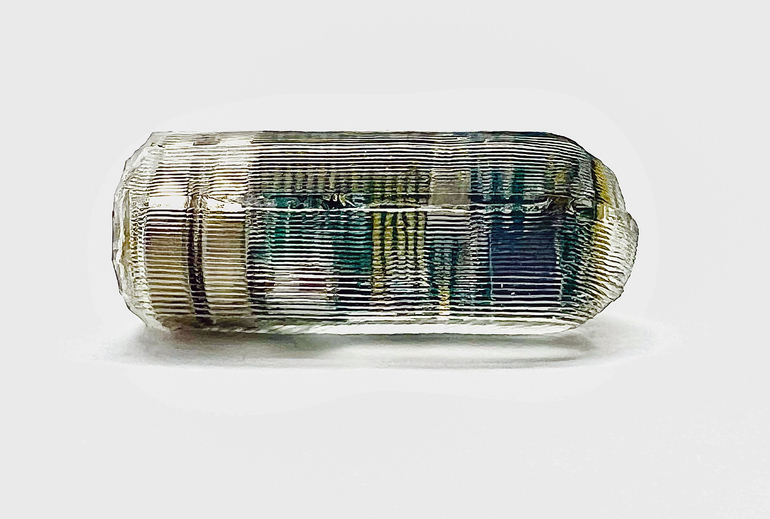Researchers at MIT have developed an ingestible sensor that can reveal gastrointestinal motility issues, such as gastroparesis and gastroesophageal reflux disease. The technology is intended for use as an easy at-home method to diagnose such issues, which typically require more invasive and inconvenient procedures, such as endoscopy or X-ray imaging. This new technology is based on the concept that a magnetic field produced by an electromagnetic coil becomes weaker the further away you move from the coil. This change in field signal is predictable, allowing researchers to calculate the distance accurately by measuring the magnetic field. The ingestible sensor measures the surrounding magnetic field and uses this to calculate its distance from an electromagnetic coil that is located outside the body. This allows the sensor to calculate where in the gastrointestinal tract it is, and this information can reveal to clinicians which parts of the tract are responsible for slow motility.
Gastrointestinal motility disorders occur when a part of the GI tract fails to move food through as it should. This can happen in any part of the GI tract, and obviously a first step in treating these conditions is to figure out which part of the gut is causing the problem. However, current approaches are a little cumbersome or invasive, requiring patient exposure to radiation in the form of X-ray imaging or endoscopic techniques involving the insertion of pressure sensing catheters that can measure the contractions of the gut.
“Many people around the world suffer from GI dysmotility or poor motility, and having the ability to monitor GI motility without having to go into a hospital is important to really understand what is happening to a patient,” said Giovanni Traverso, a researcher involved in the study.

To address this, these researchers focused on developing a simple capsule that can be swallowed and then reveal its location as it travels down through the GI tract. The technology achieves this by referencing an electromagnetic coil that remains outside the body. This second device is envisaged as being taped to the skin of the patient, or perhaps being integrated into their clothes or a backpack.
“Because the magnetic field gradient uniquely encodes the spatial positions, these small devices can be designed in a way that they can sense the magnetic field at their respective locations,” said Saransh Sharma, another researcher involved in the study. “After the device measures the field, we can back-calculate what the location of the device is.”
So far, in a large animal study in which the researchers used X-ray imaging to determine the position of the sensor and then compared this with the sensor’s own readings, the system correctly calculated its location in the gut within 5-10 millimeters.
Study in journal Nature Electronics: Location-aware ingestible microdevices for wireless monitoring of gastrointestinal dynamics
Via: WITH
